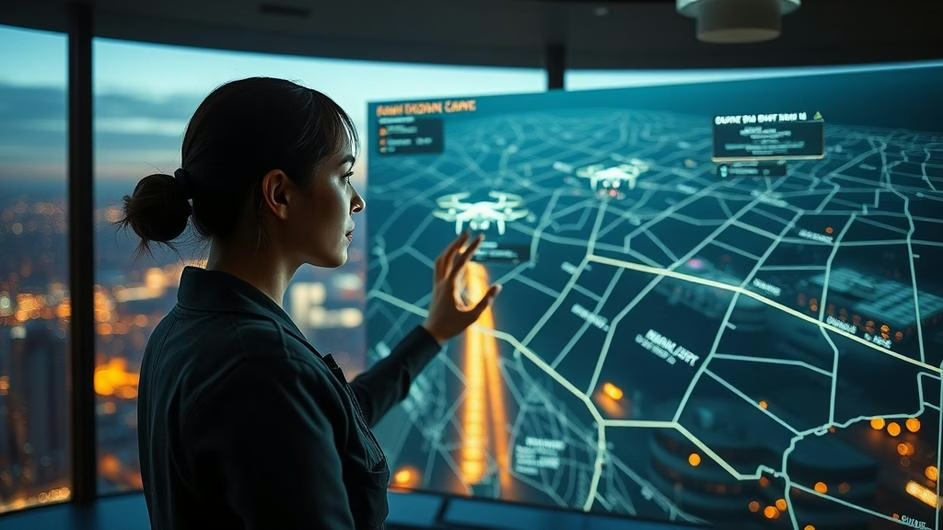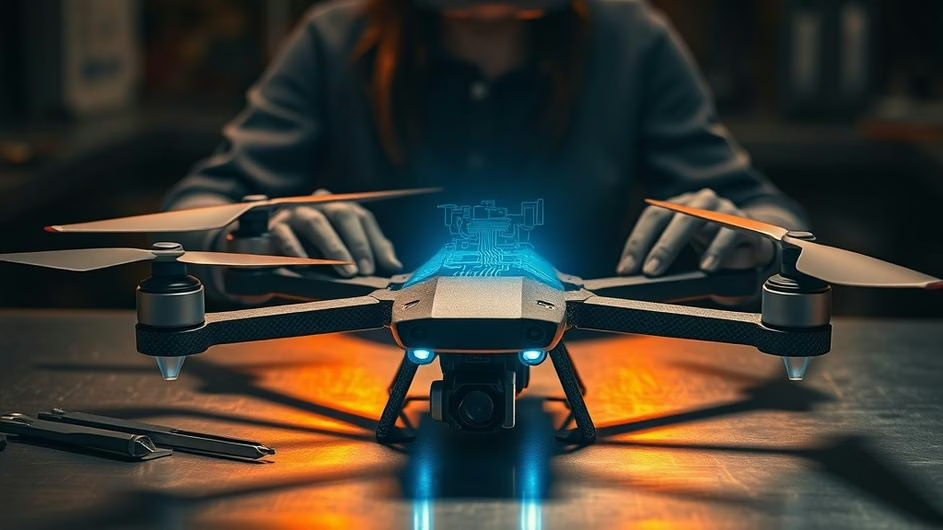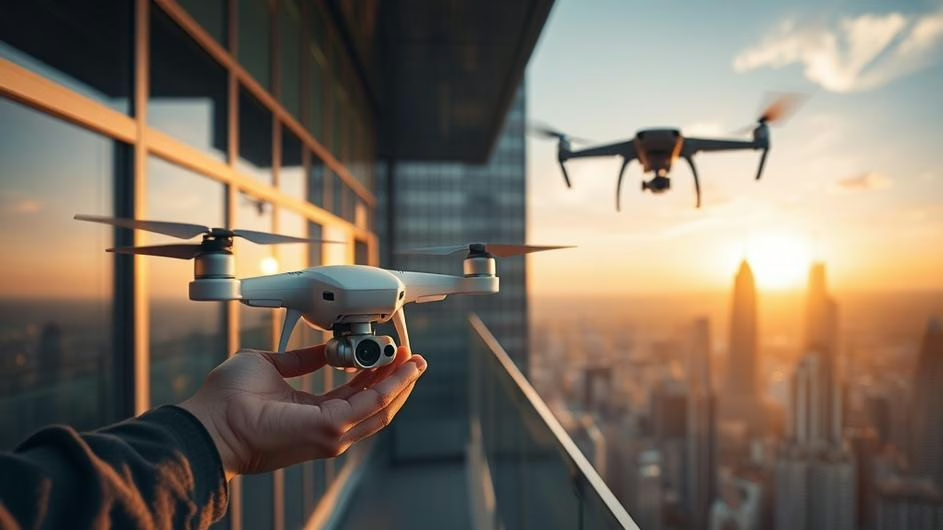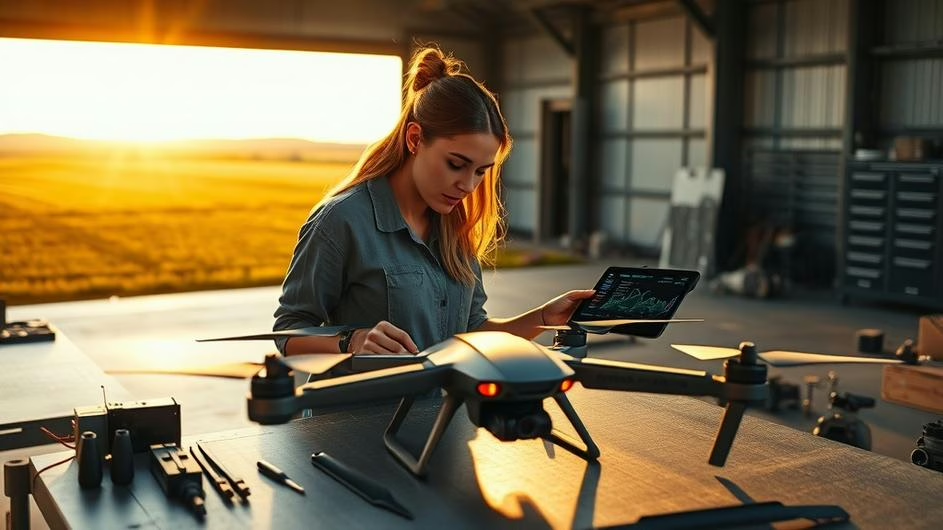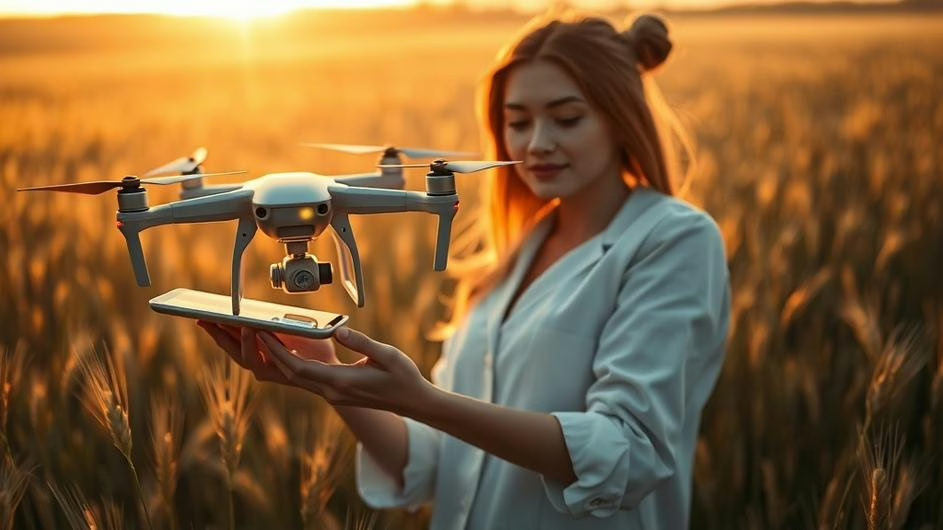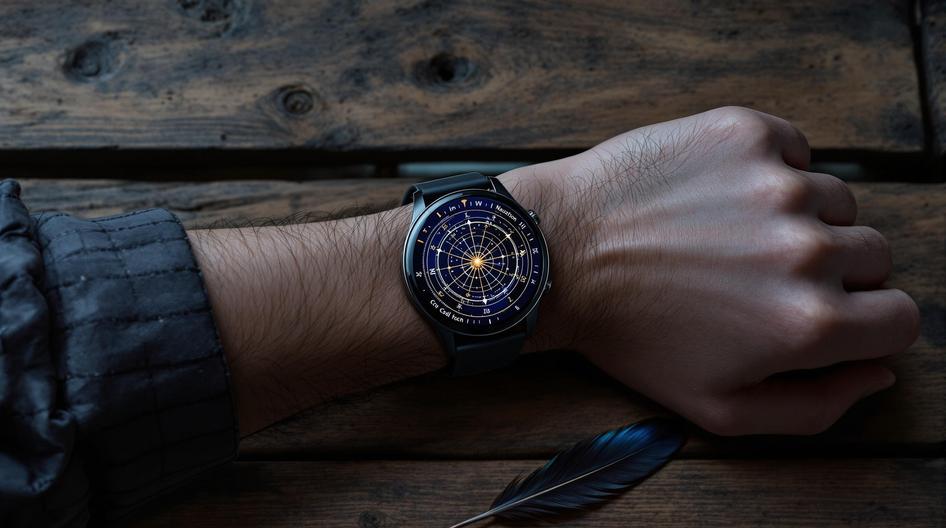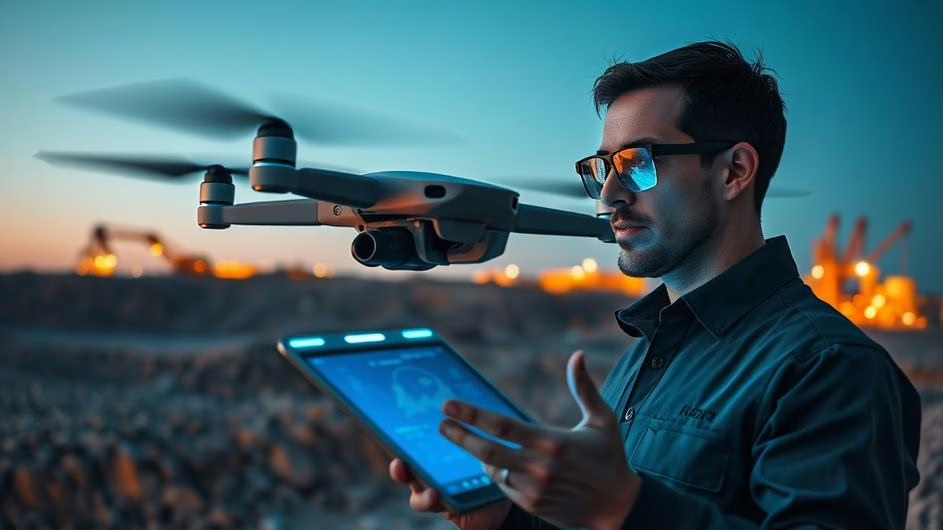
Ukrainian Drone Strikes and Global Advances in Drone Tech and Defense
Drones aren’t just niche gadgets anymore. They’ve rapidly become critical players in everything from modern warfare to commercial industries, and their capabilities are expanding at a breakneck pace. We’re seeing a fascinating dual evolution: military drones are pushing the boundaries of long-range conflict, while civilian drones are getting the green light for complex commercial operations. These parallel tracks are not only reshaping global strategy but also creating huge opportunities for developers, investors, and anyone paying attention to the future of tech.
The New Front Line is in the Sky
Take Ukraine, for instance. Its forces are now using long-range drones to strike critical industrial targets over 1,300 kilometers inside Russian territory. This isn’t a minor development. It fundamentally changes the dynamics of the conflict by extending the “kill zone” far beyond traditional front lines. By hitting logistical hubs and key infrastructure from safer distances, Ukrainian forces are showcasing a new era of precise, long-range drone warfare. It’s a strategy that both Ukraine and Russia are increasingly adopting, forcing a complete rethink of operational planning.
So, what happens when everyone has powerful drones? An arms race in counter-drone tech, that’s what. Germany is already responding to the lessons learned from the Ukraine conflict by developing miniature anti-drone missiles. These aren’t just smaller rockets. They’re designed to be cheap, effective, and easily integrated into existing defense systems to neutralize the growing threat from small and micro drones. The ability to intercept multiple drones at once is a significant leap, highlighting the escalating cat-and-mouse game in unmanned aerial technology. For developers and policymakers, this signals a growing market for sophisticated security and defense solutions.
Commercial Drones Get a Major Upgrade
But it’s not all about the battlefield. On the commercial side, Australia is setting a new precedent for what’s possible with civilian drones. The country’s Civil Aviation Safety Authority (CASA) recently gave Sphere Drones permission to self-assess Beyond Visual Line of Sight (BVLOS) flights. This is a big deal. It means long-range, autonomous drone missions can be deployed quickly and safely across industries like mining, utilities, and infrastructure management. This move shows a maturing ecosystem where regulators are growing more confident in autonomous technology, unlocking massive efficiencies and new business models.
What ties these military and commercial advancements together? A heavy reliance on artificial intelligence (AI). AI is the brain that enhances navigation, improves target recognition, and ensures operational safety, paving the way for increasingly autonomous drone fleets. As these systems become smarter, they become more valuable for everything from military reconnaissance to industrial inspection.
Where Web3 and Drones Intersect
So, where does this leave the Web3 and crypto space? The intersection is more promising than you might think. For developers, the rise of autonomous drones creates a need for secure and transparent logistics. Imagine a supply chain where blockchain technology provides tamper-proof tracking of goods delivered by drones, all governed by smart contracts. It’s a massive upgrade for industries that depend on verifiable data.
Furthermore, the emphasis on security could drive new protocols for decentralized identity, allowing drones to communicate and verify their credentials on-chain. As we build out smart cities and the Internet of Things (IoT), drones will become essential for data collection. Blockchain can offer the secure backbone needed for all that data to be transmitted and stored without being compromised. Could this create new investment opportunities in decentralized physical infrastructure networks, or DePIN? It’s a question investors should be asking.
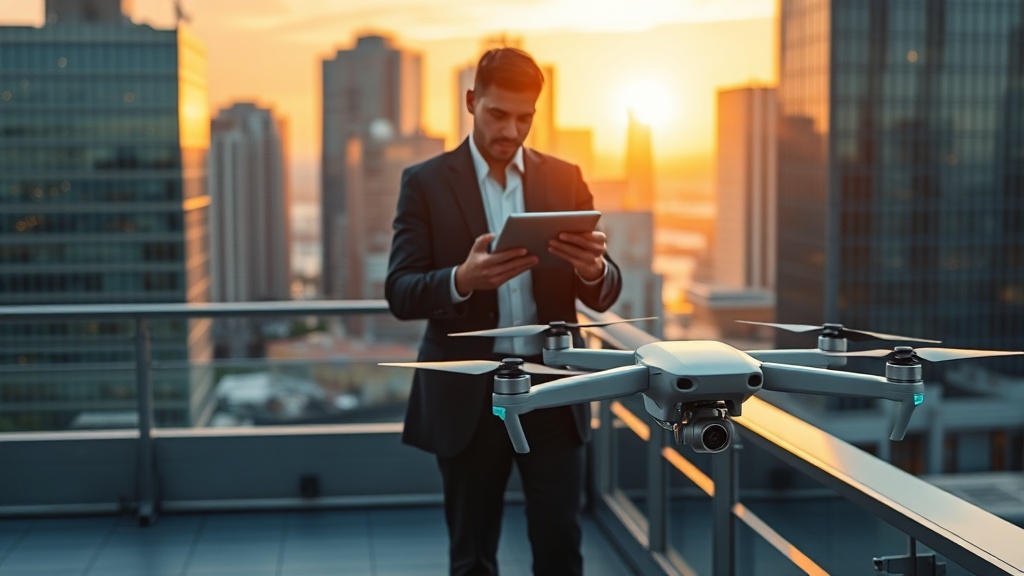
A Future Defined by Autonomous Tech
It’s clear that drone technology is accelerating on multiple fronts. The lessons from the battlefields in Ukraine are directly influencing defense innovation, while regulatory breakthroughs in Australia are unlocking commercial potential that was once theoretical. For anyone in the tech world, from traders to policymakers, the message is clear: the convergence of drones, AI, and decentralized systems is creating a new paradigm. Staying ahead of these trends will be critical for navigating the evolving digital and geopolitical landscape. The challenge now is building the secure infrastructure needed to support this autonomous future.
Sources
- Ukrainian drones reach deep inside Russia as battle for key city rages on – ABC News
- Australia’s Sphere Drones approved to self-assess BVLOS flights – DroneDJ
- A surge in Ukrainian and Russian drones with a longer reach is widening the front-line ‘kill zone’ – Business Insider
- Ukrainian drones reach deep inside Russia as battle for key city in Donetsk rages on – PBS
- Germany moves to field a miniature anti-drone missile – Defense News


















